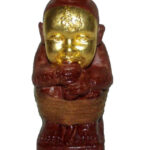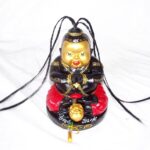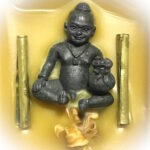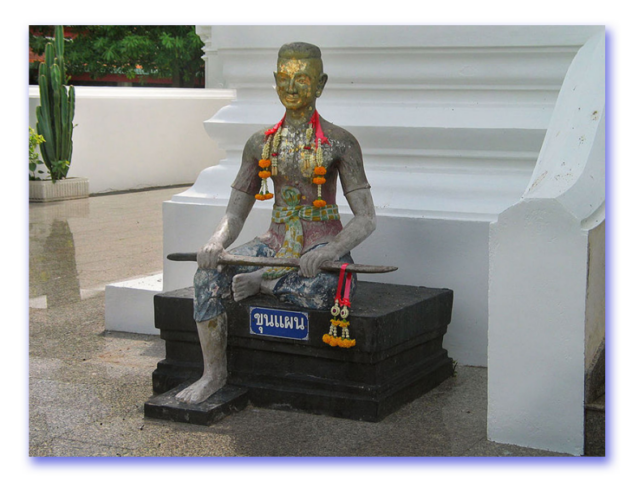
Pra Khun Phaen – Thai Sacred Amulet, and Historical/Literary Figure
Pra Khun Phaen, is not only one of Thailand’s most internationally known and popular amulets, it is also the name of the legendary protagonist of this amulet, and the subject of a Thai legend based in factual historical evidence. The Dtamnan of Pra Khun Phaen is the source of magical ritual methods for a great number of Thai Animist and Buddhist occult practices (Saiyasart), such as Kumarn Tong effigies, ‘In Koo’, Nang Pimsen Dam effigies, Khun Phaen amulets, See Pherng paste, and Nam Man Prai oil.
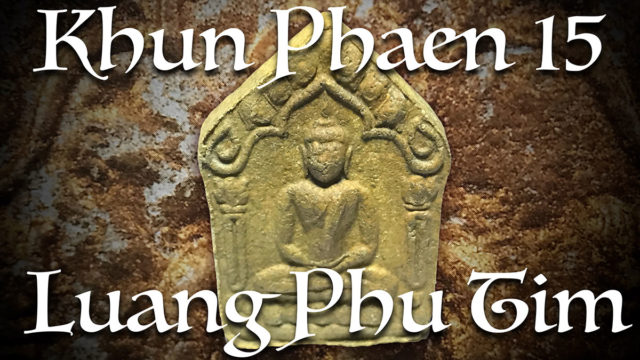
Khun Chang Khun Phaen; Khun Phaen is the protagonist of a story believed to be based in historical facts and real persons, which was made into a great work of poetic literature by King Somdej Pra Putta Lerd Hla Napalai. The story is about a love triangle between Khun Phaen (a handsome young man with no real riches), the love of his life, Nang Pim Pilalai, and his arch enemy and contestant for the heart of Nang Pim, Khun Chang (a rich merchant family who provided elephants to the royal court). Khun Phaen, or ‘Play Gaew’, was the son of Khun Graiponpay and Nang Tong Prasri.
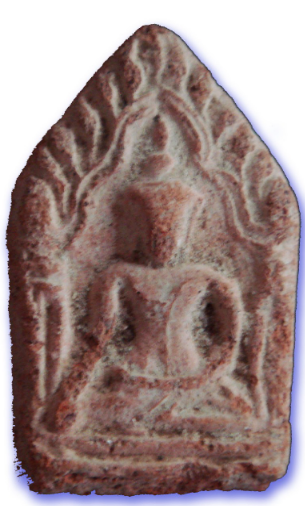
He was born in the Province of Supann Buri. His father was a soldier in the Royal Army of Somdej Pra Panawasa of Ayutthaya. Khun Grai offended the ruler and was punished with execution. Khun Phaen’s mother was afraid for her life and fled with the young Khun Phaen to stay with some relatives of his father in Kanjana Buri. Play Gaew (Khun Phaen) was ordained as a Samanera (young novice monk) at Wat Som Yai and developed the Wicha of Saiyasart to the point of being adept at the young age of merely 15 years old. After reaching the age of 15, he moved to Wat Pah Le La, and then further on to Wat Kae, and was a Looksit of Sampara Kong. He then met Khun Chang and Nang Pim again, who were once childhood neighbors. Play Gaew had always liked the pretty Nang Pim ever since he was a small boy.
Eventually, Play Gaew disrobed and re-entered the life of the layman, and gained the hand of Nang Pim as his wife, and also the older stepsister of Nang Pim too in the same night. Play Gaew was not married for long when he was sent by Somdej Pra Panawasa to go to war in Chiang Tong and Chiang Jantr. Play Gaew then gained his third wife, Nang Lao, while he was there. After winning the battle, Somdej Pra Panawasa endowed him with the title of ‘Khun Phaen Saen Satan’. Khun Phaen was not really an official term or title; rather it was an endearing nickname given to him because of his strong tendency to plan and improve on anything he encountered.
The word “Phaen” means ‘to plan’, and thus he was called ‘Khun Phaen’ because he was always planning improvements and making adjustments to things. In Thailand, you can hardly find a person who has not heard of the story of Khun Chang Khun Phaen, because it has been used as a major example of fine literary style and poetic composition, and also was often used as a fable to teach concepts of right and wrong doing to Thai children.
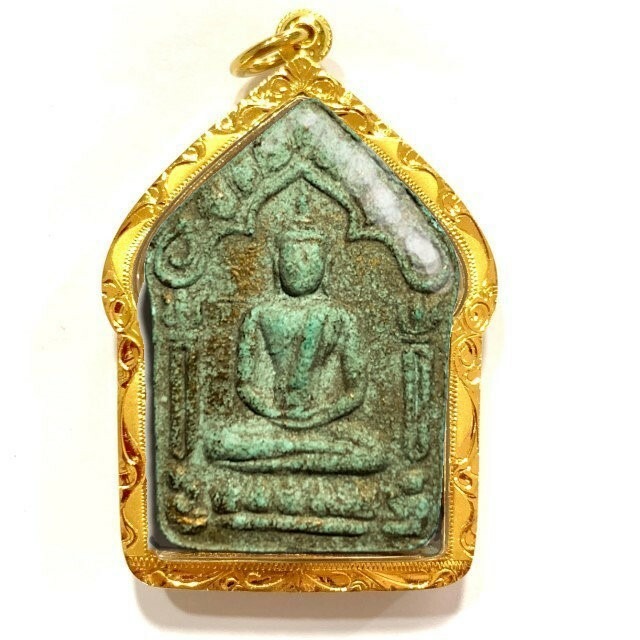
It is a point of difference that many historians and students of literature and poetry have varying opinions on whether the events told in the story of Khun Chang Khun Phaen really happened or if they are pure fiction. The general belief is that Khun Chang kidnapped the wife of Khun Phaen and took her for his own, and that Khun Phaen broke into Khun Chang’s house and stole his own wife back. The claimed factual or historical version tells that both Khun Chang and Khun Phaen were moral citizens and not likely to have behaved as is suggested in the literary tale.
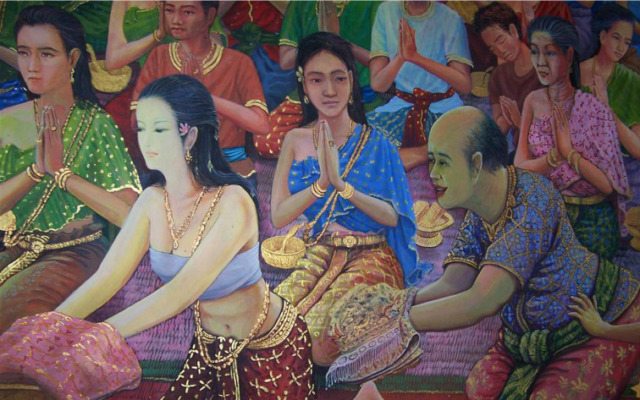
One other difference. is that in the tale, Khun Chang is reputed to have had a bald head, whereas the real Khun Chang is said to have had a full head of hair. I the author (Ajarn Spencer), find the existing differences between fiction and reality to be completely credible, because even in the present day, when a movie or book is made that is based on real people and events, the story is changed and adapted to make it more commercially marketable, understandable, exciting, or popular, so I see no reason why this technique of elaborating on the facts would not have been applied in the writing of Khun Chang Khun Phaen. Khun Phaen had many children, which is of course due to the fact that he also had many wives.
The reason he was so successful in his amorous exploits is because he was adept at Wicha Kata Akom (magical spell casting), as well as being very handsome. Although some stories say that Khun Phaen had only 2 wives (Nang Lao Tong and Nang Pim Pilalai), and others state that he had three or five wives, it is believed by historians that he had in fact many more than this.
Another great difference between the historical figure and the character of Khun Phaen in the literary masterpiece is that the real Khun Phaen was not a poor man, as depicted in the poem and fable. He had a relatively decent income, but despite this fact he still never had much money left over because he wasn’t the sort of person to save money, and also had much compassion for others in need, and often spent his extra money helping others or giving alms. If he saw a poor person, he would always give alms to them. In addition, he had many employees and paid them all well and regularly. If it was not for these facts, Khun Phaen would probably have had as much money as Khun Chang did.
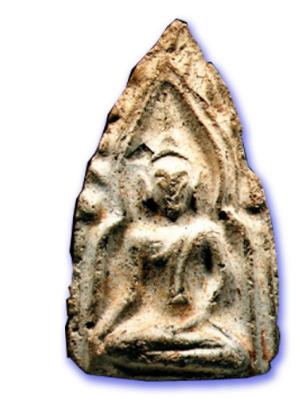
Also, the fact that in reality, Khun Chang and Khun Phaen were both noblemen and good friends of each other, and that Khun Chang himself had no children, reveals that as Nang Pim was residing with Khun Chang, Khun Chang treated Khun Phaen’s son as if he was his own child. Khun Chang would send a servant to buy sweetmeats and food in the morning, so that when Khun Phaen’s offspring would arrive home, they would have plenty of goodies to eat. Whenever Khun Phaen’s child came and told Khun Chang, “I like this” or “I like that”, Khun Chang would go and find this or that thing and bring it home for Khun Phaen’s child to enjoy. Khun Phaen’s son would call Khun Chang “Father” and loved him like a real father, and the same could be said for Khun Chang, that he felt love for Khun Phaen’s son as if he were his own flesh and blood.
Khun Phaen was a Royal Guard and Military General, whose great character and charm was able to raise the spirits of the Thai people and make them into great warriors who were able to fight their enemies with such staunchness and ferocity that their invincibility became legendary in those times. Wherever he went into battle, he won, for he had the assistance of the Wicha Akom Kata Aathan Saiyasart (magical spells, incantations, and psychic abilities), which he had mastered over the years with his Gurus.
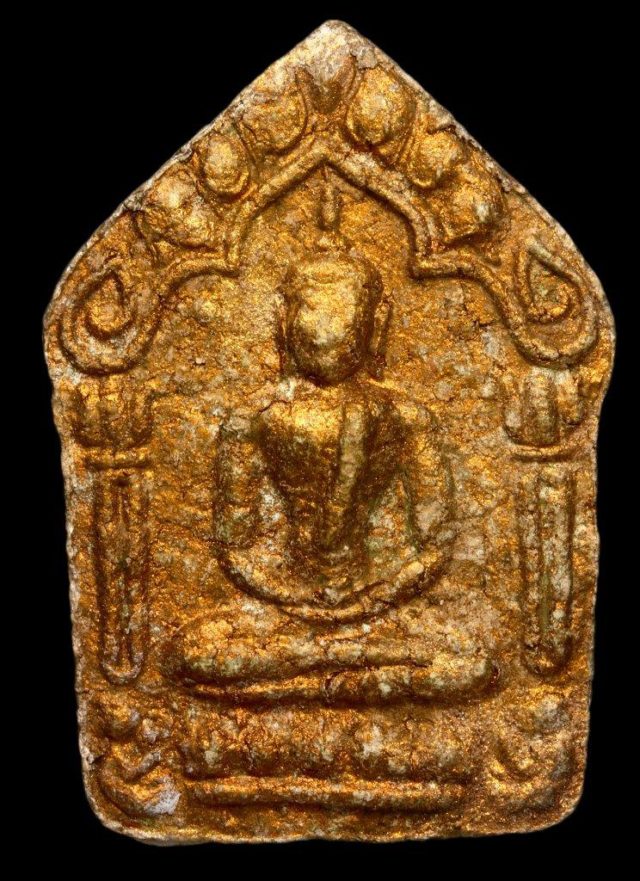
Pra Khun Phaen Pong Prai Kumarn Luang Phu Tim
He was able to perform many supernatural acts, such as disappearing, unlocking doors and locks, teleporting, making ‘Hun Payont‘ (golems) to assist him in battle, and a range of other weird and wonderful feats. He never needed to take many warriors into battle, despite the enemy being in larger numbers. With the aid of his Kata Akom, he was able to overcome and conquer all his battles and enemies.
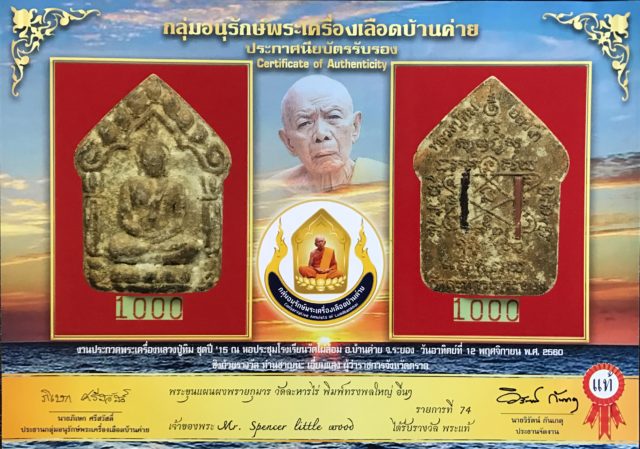
The Role of Khun Phaen in the Legend of Kumarn Tong (Golden Child Effigy) The literary fictional Khun Phaen is the main influence and originating evidence, of the Necromancy based magical practice of making Golden child effigies, made using fluid from a corpse. It is believed by Thai Folk to bring good luck and fortune to he who owns such an effigy. Khun Phaen was an adept of Saiyasart and Kata Akom (a masterful magician and spell caster), and was expert in various Wicha (magical sciences).
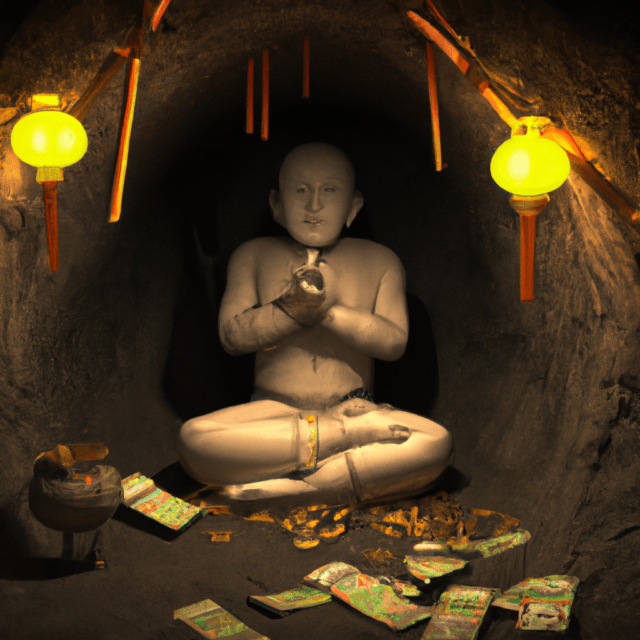
The Kumarn Tong comes from the tale that Khun Phaen cut the fetus of his son ‘Bua Klee’ out of his wife’s stomach (killing them both) and that he used Kata Akom spells to bind their spirits, taking the baby and roasting him dry, and then covering him in golden leaf and making a magical effigy out of him.
One of the greatest misunderstandings of all the many falsehoods that are thought to be true about Khun Phaen is the legendary story of the Kumarn Tong; it was not so that Khun Phaen cut Bua Klee (the child’s name) out of the stomach of his wife and killed him. Bua Klee was born alive, and it was only after reaching the age of three months that he became ill from natural causes and died.
